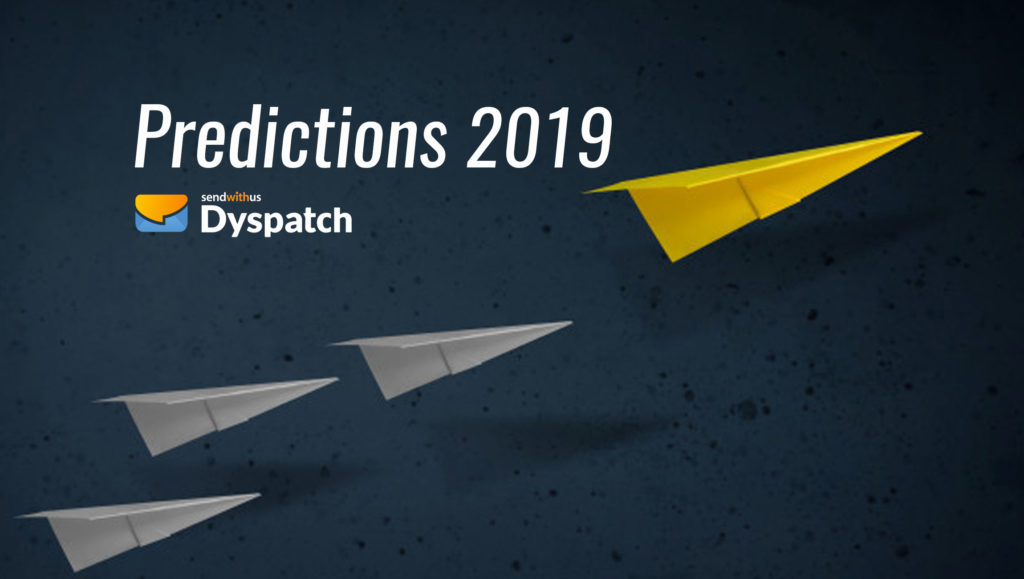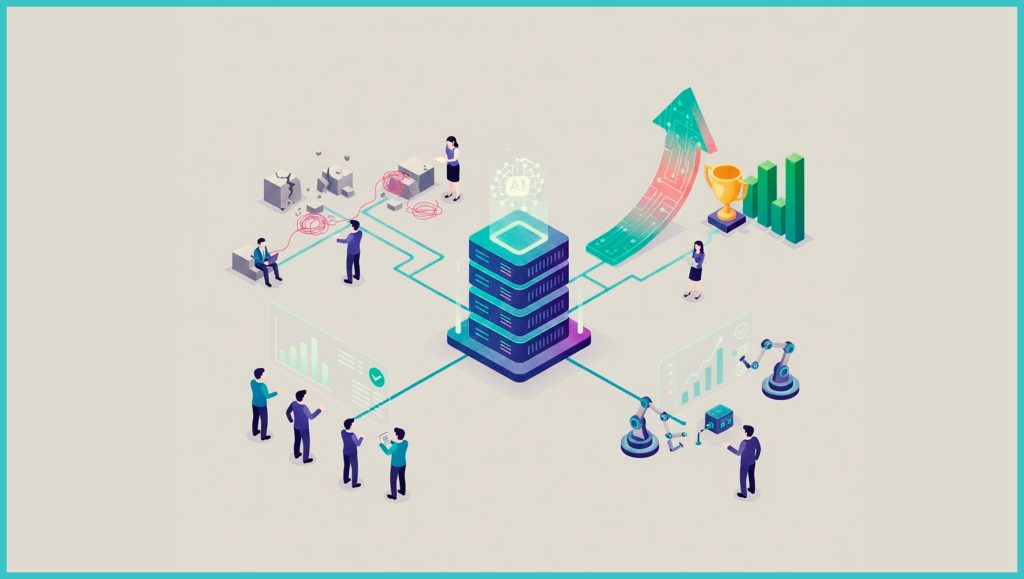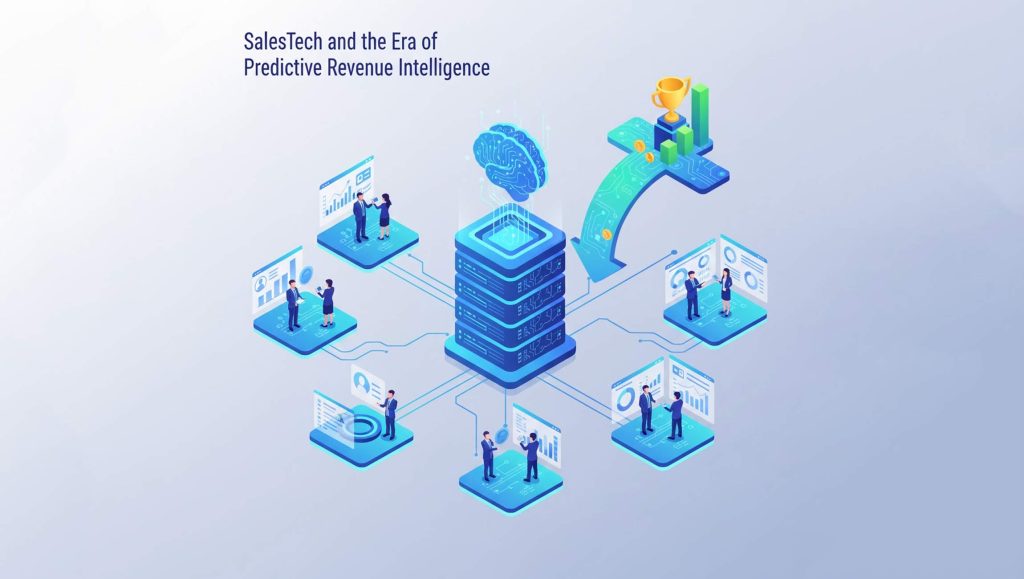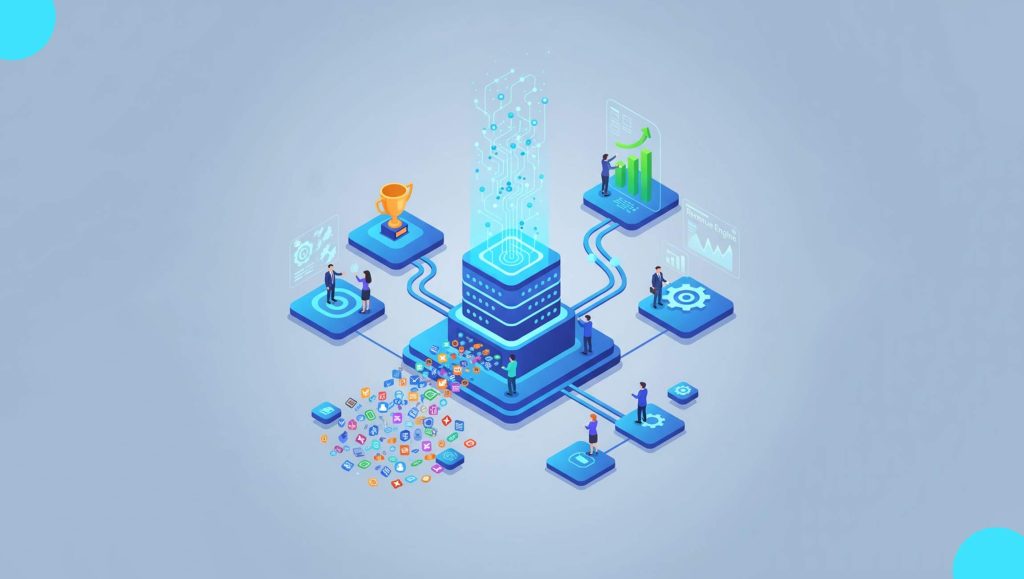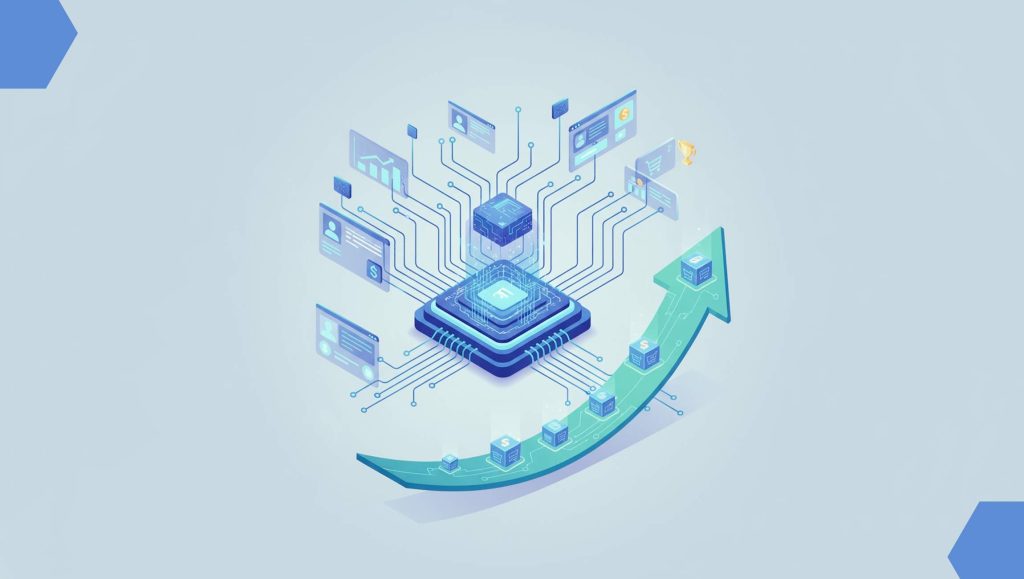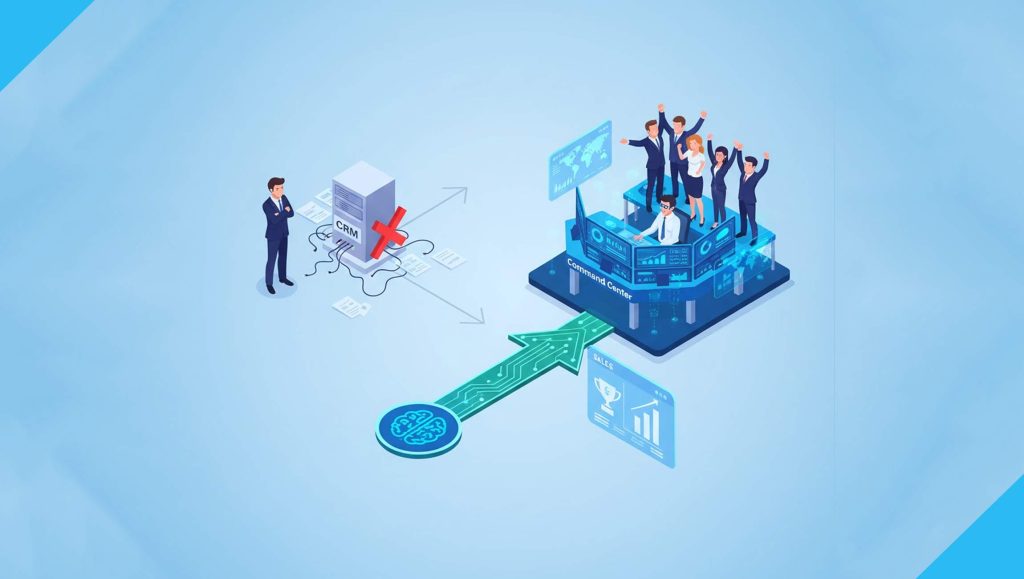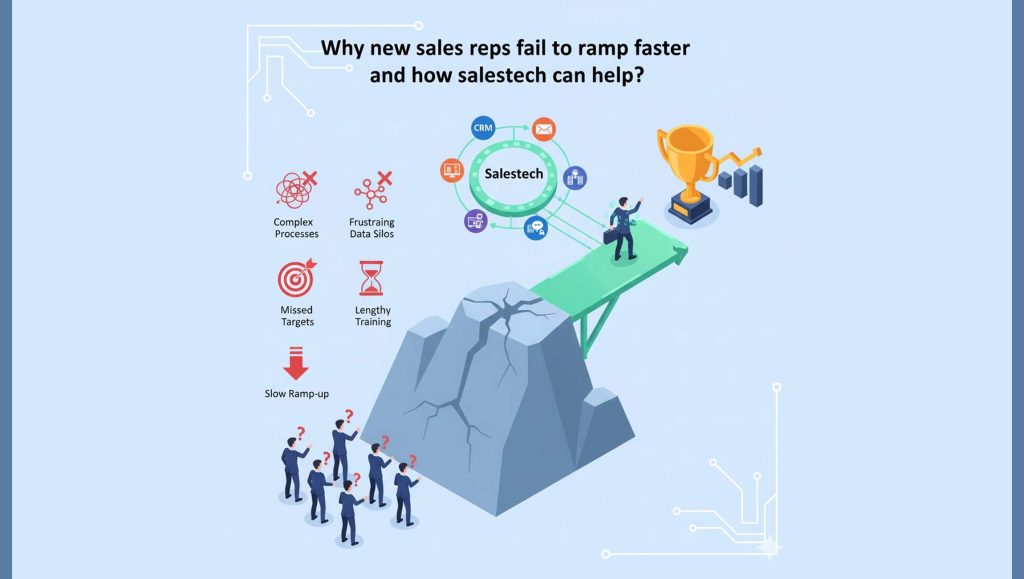In this predictions series conversation, CEO and co-founder of Sendwithus, Matt Harris shares his insights on the future of Email Marketing and how the trends are shaping up for the future around loyalty programs and email content personalization.
Connected Devices and Email Partner Up
Don’t expect your fridge to be sending emails, but it might just start reading them aloud. What’s more likely is that 2019’s connected fridges, smart speakers, and watches will make it even easier to interact with things like Gmail’s quick action buttons.
These buttons currently allow users to take an action without opening the email. You can do things like RSVP to a meeting invitation, check in to a flight, or watch a video directly from the inbox. Such email actions can also be surfaced through connected home devices. For example, an email from a retailer reminding you about an item still your cart might prompt Google Home to ask if you’d like to check out, or Google Home might remind you about an unanswered email and ask if you’d like to dictate a response.
Read More: Salestech Predictions 2019: The Year of ‘Practicing with Purpose’
The Casualization of Email
Email content is taking a more casual tone as personalization continues to drive the customer experience. Historically, we’ve seen email content mimic text style and tone of voice used on other channels. Mobile, for example, lends itself to being less formal, including the use of emojis as a kind of shorthand.
Popular over text, social media, and instant messaging, emojis are a quick way to express an emotion or idea. They’ve also started to appear in email subject lines and preheaders:
As long as they’re not overdone, and as long as they’re used in the right context, emojis can make whatever text is alongside them seem more approachable and friendly, which can make an email feel more personal and even help improve open rates.
Omnichannel Loyalty Programs — A B2C Trend for 2019
Too often, apps fail to incorporate information from loyalty programs or data about a consumer’s prior purchases. That means if you’re a longtime Starbucks customer, for example, the company’s app will still offer you deals on egg sandwiches even though your purchase history shows that you have never ordered egg sandwiches and that all your previous purchases have been straight-up vegetarian options.
Email falls prey to this same disconnect: Marketers are failing to surface loyalty deals and rewards information across promotional and transactional emails, resulting in disconnected customer communications. Surfacing customer loyalty status across email is a huge step toward achieving precision personalization with mass reach.
Customers expect personalized content and connecting customer data from all sources is the best way to provide it.
Returning to the Starbucks example for a minute, a general marketing email on the launch of seasonal drinks should include a mention of your loyalty status and any points you have accrued towards a free beverage. It should also use your purchase history to determine which of the products will be of most interest to you and make that (or those) the email’s primary focus.
As it is now, that experience can be very disconnected for customers, where customers who have never purchased anything pumpkin spice hear about nothing but. Brands that combine loyalty programs and app usage with all email initiatives, including transactional, will be the ones who come closest to true, one-to-one personalization.
Recommended: Salestech Interview With Georgia Herdener, SVP of Growth at CrossInstall
Marketers Will Look For New Ways To Streamline Email Localization Challenges
Even before US-based marketers enter international markets, they’re faced with localization issues at home, where words and phrases can have different connotations in different regions. Not only that, they often have to incorporate time zone differences into their communications, i.e. Uber’s ‘Your Sunday afternoon ride with Uber’ emails.
Companies that begin with Canada as their first international market must not only be sure they have email content in both English and French, they must also be cognizant of regional differences within each of Canada’s two official languages, as well as of currency and time zone adjustments.
The biggest challenges surrounding localization and globalization can be the number of departments communicating with customers or potential customers, and the number of localized versions that are needed for each email.
Read Also: Metadata.io Simplifies and Scales Automatic Account-Based Advertising Campaigns…
In 2019, marketers will look for ways to centralize localization efforts to ensure all communications are on brand, relevant to each market, and convey the right message in the right language. They’ll also look for ways to streamline the localization process so that when an email needs to be updated, updating the associated localizations can be done quickly and easily.

